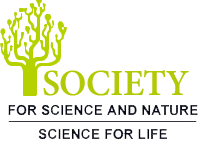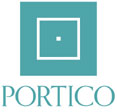Professor, Animal Sciences, School of Environmental and Natural Resources
210 Kottman Hall, 2021 Coffey Rd Columbus, Ohio State University
OH 43210 USA
Corresponding Author Email: dabrowski.1@osu.edu
Article Publishing History
Received: 06/03/2025
Accepted After Revision: 15/06/2025
This report presents the scientific and teaching activities at Ataturk University (ATA), Erzurum, Turkey, supported by the European Higher Education Mobility Agreement, ERASMUS. program and under a Memorandum of Understanding between Ohio State University, Ohio, USA, and Ata Turk University, Turkey. Among the objectives for planned exchanges is the discussion and planning for future research and academic cooperation, including ERASMUS-supported activities such as a new OSU study abroad initiative. The academic exchanges will allow insights into the host country’s university teaching and research system and curriculum comparison of general biology, environmental sciences, fisheries, and aquaculture programs. Graduate education philosophy will be encouraged with a new impetus for curriculum development that will include a better understanding of the host university’s teaching methodologies (basic and applied science balance) to improve teaching outcomes. The ERASMUS program office located at ATA not only encourages but, most importantly, finances career advancement opportunities of university academic staff worldwide.
Additionally, the program regularly invites foreign scholars to visit ATA for a week to establish research, teaching, and collaboration programs that support both graduate and undergraduate educational and research experiences. Some of the recommendations of the scientific joint meeting were to encourage student exchanges between the two institutions, along with the recruitment of faculty members at both institutions who envision strong participation in international education and research. It was also recommended that there must be promotion of an international research collaboration through joint research proposals, and academic networking should include the National Science Foundation, U.S., and TUBITAC (Turkish partner institution).
Scientific, Collaboration, Research, MOU Ataturk University, Turkey Ohio State University USA.
Dabrowski K. A report on the Scientific and Teaching activities at Ataturk University (ATA), Erzurum, Turkey, supported by the ERASMUS+ (European Higher Education Mobility Agreement) program and under a Memorandum of Understanding between OSU and ATA. Biosc.Biotech.Res.Comm. 2025;18(2).
Dabrowski K. A report on the Scientific and Teaching activities at Ataturk University (ATA), Erzurum, Turkey, supported by the ERASMUS+ (European Higher Education Mobility Agreement) program and under a Memorandum of Understanding between OSU and ATA. Biosc.Biotech.Res.Comm. 2024;18(2). Available from: <a href=”https://shorturl.at/mdvht“>https://shorturl.at/mdvht</a>
INTRODUCTION
Ataturk University (ATA) was established in 1957 with the Faculty of Agriculture and the Faculty of Arts being among the first departments to offer educational courses. During its establishment, an agreement was signed with the University of Nebraska, which resulted in the academic institution profile of ATA being similar to the mission of American Land-Grant Universities. Faculty of Fisheries is one of 23 faculties that include Faculties of Medicine, Pharmacy, Nursing, Dentistry and in more general areas such as Law, Architecture, Engineering, Health Sciences, and Education. The undergraduate student population of ATA is spread across the main campus in Erzurum, and 12 vocational schools. The university additionally hosts 6,749 international students which amount to 2% of total student population.
The ERASMUS program office located at ATA not only encourages but most importantly finances career advancement opportunities of university academic staff worldwide. Additionally, the program regularly invites foreign scholars to visit ATA for a week to establish research, teaching, and collaboration programs which support both graduate and undergraduate educational and research experiences. Our Memorandum of Understanding with ATA addresses a multidisciplinary strategy that will be implemented by forming relationships and exchanges between both institutions, faculty, teachers, and staff from SENR and other OSU departments, such as Food Sciences, Public Health, EEOB, etc.
Among the objectives for planned exchanges is the discussion and planning for future research and academic cooperation, including ERASMUS+ supported activities such as a new OSU study abroad initiative. The exchanges will allow insights into the host country’s university system and curriculum comparison of general biology, environmental sciences, fisheries, and aquaculture programs. Graduate education philosophy should encourage new impetus for curriculum development that will include better understanding of the host university’s teaching methodologies (basic and applied science balance) to improve teaching outcomes.
Some graduate programs at ATA are offered in English, such as food engineering, horticulture, animal science, and agricultural economics, to name a few. An important aspect of the agreement to encourage student exchanges between the two institutions must be the recruitment of faculty members at both institutions who envision strong participation in international education and research. The promotion of an international research collaboration through joint research proposals and academic networking should include National Science Foundation, U.S. and TUBITAC (Turkish partner institution).
Scientific Visit and Recommendations: On the first day of the visit, I met Dr. Omer Comakli, President of ATA who declared both logistic and financial (competitive) support for our program. Specifically, we addressed during the meeting the intent of collecting preliminary data on polyploidy induction in rainbow trout and arctic char, two species of fish that ATA scientists have enormous experience and excellent environmental conditions on the university fish farm located in the heart of the campus. This will involve two Departments (Engineering, Dr. Eren, and Fisheries, Drs. Telat and Arslan).
Prof. Saltuk Ceyhun is current Chair of the Graduate School of the Natural and Applied Sciences. His laboratory in the Department of Fisheries studies a suite of biomedical aspects of zebrafish as a model species using morphological, behavioral, physiological and molecular methods to understand mechanisms of action of environmental toxicants, polystyrene plastic particles, simulated climate changes and nutritional, diet induced pathologies (for instance related to obesity). This is followed by antioxidant and protective action of phytochemicals extracted from local Turkish plants historically used in folk-medicine, such as carob (Carotonia siliqua). His papers are published in “Environmental Health Perspective”, “Human and Experimental Toxicology” or “Science of Total Environment” among other 1st tier journals.
Dr. Arslan Murat, who spent several years in the OSU aquaculture laboratory, is utilizing techniques he learnt in Columbus, fatty acids and vitamins analysis, and continues to study the effect of tocopherol and synergistic antioxidant compounds on reproduction and gamete quality of salmonid fishes. He and his associates are interested in the possible use of plant extracts in extended shelf-life storage of fish fillets, and providing a label of “functional food” to fish farms producing trout or salmon with diet supplements containing such phytochemicals. This aspect attracted interest from OSU faculty of Department of Food Science.
Prof. Telat and Arslan collaborate on several aspects of reproduction and gamete quality in salmonids, including novel antioxidant compounds, diluidine, which was proven to extend the viability of trout eggs during in vitro storage and this result was associated with preventing tocopherol (vitamin E) degradation. Facilities available in the experimental fish farm (Photo ) allows to extend of research of salmonid fish nutrition for practical aspects of vacuum-packed fillet storage and consumer acceptance.
Dr. Zeynep Eren from Department of the Chemical and Environmental Engineering is working on the major toxicant of algal blooms, microcystin, degradation by the use of high frequency ultrasound technology. Dr. Eren spent already one week visiting SENR July 2022 and we continued discussion of research project on monitoring in in situ experiments regarding biocontrol of cyanobacteria blooms by phytoplanktivorous fishes that are considered invasive in North America but can address cyanobacteria blooms in natural water bodies.
In her laboratory in ATA she demonstrated her equipment (Photo 15) that allows to explore many potential uses of ultrasound in many aspects of aquatic animals’ biology. These include in vivo studies of increased cellular membrane penetration of cryoprotectants such as methanol in live fish embryo or immersion protocols that would increase penetration of steroid hormones to enhance sterilization of fish.
I have met in ATA Dr. Emre Harorli, Department of Management and Organization from Vocational College in Erzurum, who is working on COVID related risk factors. He evaluated by online survey in 2020 effectiveness of some protection measure to prevent spreading of pandemic and designed predictive models to avoid COVID-19 infections. He was not able to visit OSU in July due to extended duration for visa application, however, our Department of Public Health, College of Medicine, has expressed great interest to host him at OSU and establish collaborative program. Erzurum, Turkey. June 12-16, 2023.
Concrete raceway with Ohio golden trout (since they were brought to Ataturk University in 2005), conventional earthen pond for broodstock Salvelinus and rainbow trout, and exercise channel for brood stock studies.
Figure 1: Visit with the President of Ataturk University, Dr. Omer Comakli (Photo 1 Prof. Dr. Konrad Dabrowski
the second to the left and 2 Prof. Dabrowski the second to the right).
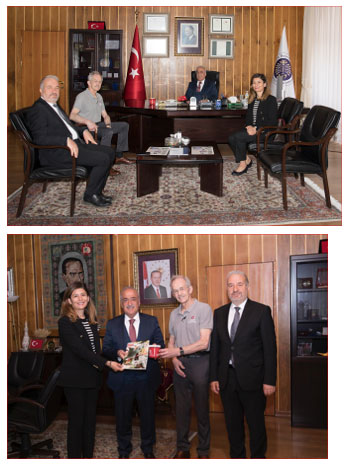
Figure 2: Presentation of the aquaculture research and teaching program at OSU to general public at
Ataturk University (Photo 3).
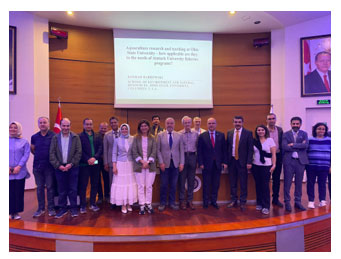
Figure 3: In the laboratory of Dr. Saltuk Ceyhun (zebrafish as model animal in medicine, toxicology,
behavioral and molecular bilogy sciences) (Photo 3-5).
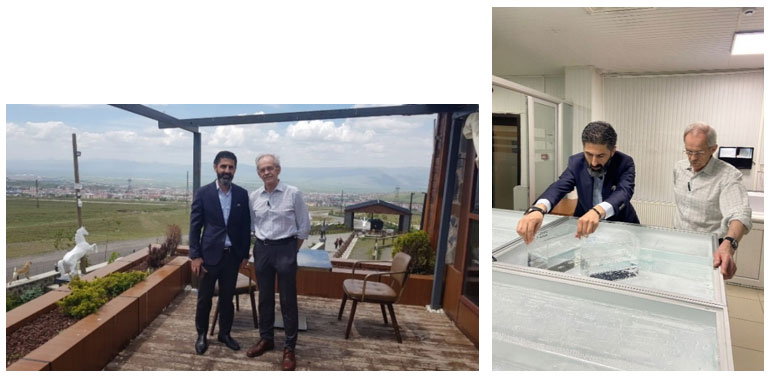
Figure 4: Water bath system (accuracy 0.1oC) for behavioral studies of simulated climate change effects on zebrafish
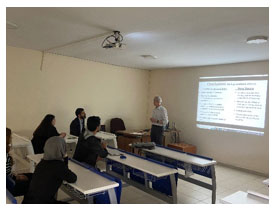
Figure 5: In the laboratory of Prof. Arslan Murat (fish physiology, nutrition, reproduction) (Photo 6).
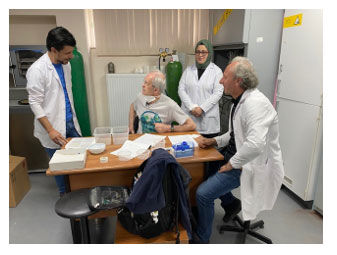
Figure 6: Meeting with faculty in the Department of Fisheries (Prof. Dr. Yanik Telat, Dean (OSU alumni) (Photo 7).
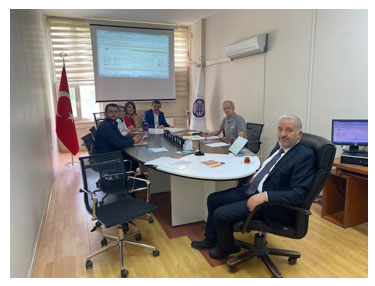
Figure 7: Laboratory, fish farm and fish processing facilities managed by Prof. Yanik Telat during scientific visit of Prof.Konrad Dabrowski(Photo 8-14).
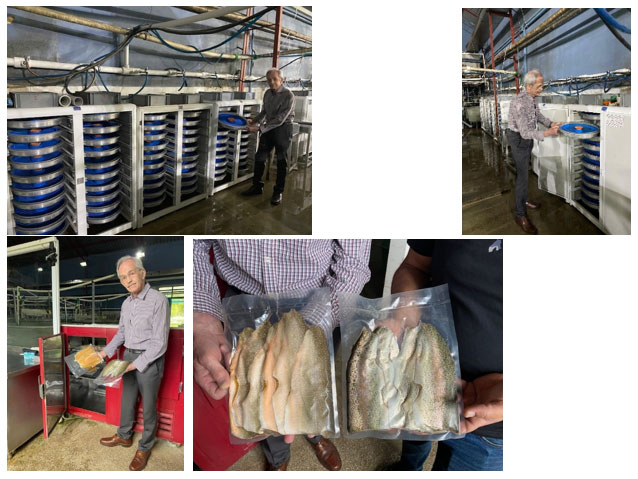
Figure 8: Hatching jars for salmonids, vacuum-packed fillets of Salvelinus (left) and rainbow trout (right) fillets.
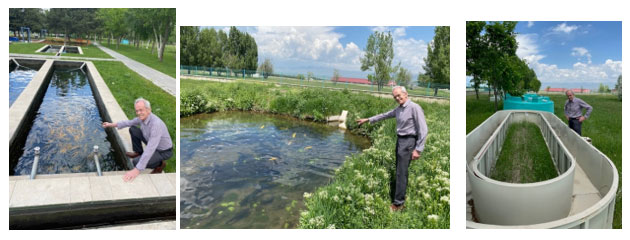
Figure 9: Laboratory of Prof. Dr. Eren Zeynep, Department of Engineering, ultrasonic equipment utilized in structural chemistry of microcystin degradation and has the potential to be used in many aspects of fish biology (Photo 15).
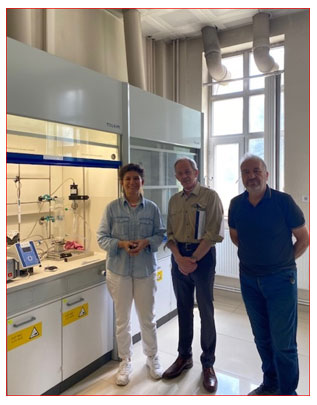
CONCLUSION
The present report describes the scientific and teaching activities at Ataturk University (ATA), Erzurum, Turkey, supported by the European Higher Education Mobility Agreement, ERASMUS program under a Memorandum of Understanding between Ohio State University, Ohio USA, and Ataturk University, Turkey. Among the objectives were planned exchanges for future research and academic cooperation, including ERASMUS-supported activities such as a new OSU study abroad initiative. The exchanges will allow insights into the host country’s university system and curriculum comparison of general biology, environmental sciences, fisheries, and aquaculture programs. The program regularly invites foreign scholars to visit ATA for a week to establish research, teaching, and collaboration programs that support both graduate and undergraduate educational and research experiences. Some of the recommendations of the scientific joint meeting were to encourage student exchanges between the two institutions, along with the recruitment of faculty members at both institutions who envision strong participation in international education and research. It was also recommended that there must be promotion of an international research collaboration through joint research proposals and academic networking.
ACKNOWLEDGEMENTS
Ataturk University, Erzurum, Turkey, European Higher Education Mobility Agreement, ERASMUS, and Ohio State University, Ohio USA, and Ataturk University, Turkey.
Conflict of interest: None
Funding: Nil
REFERENCES
Atatürk University Ranking 2020-21 – Center for World University Rankings (CWUR)
Atatürk University Ranking (2024) | Top Universities [Turkey] National Rank 19 Asia Rank 457
Ataturk University (2023) QS World University Rankings-Emerging Europe & Central Asia”. Retrieved 15 January 2023.
Atatürk University Atatürk University. Retrieved 24 December 2024.
Akademik Birimler ve Sayılar (2011) (in Turkish). Atatürk Üniversitesi. Archived from the original on 5 January 2011. Retrieved 12 February 2011.
